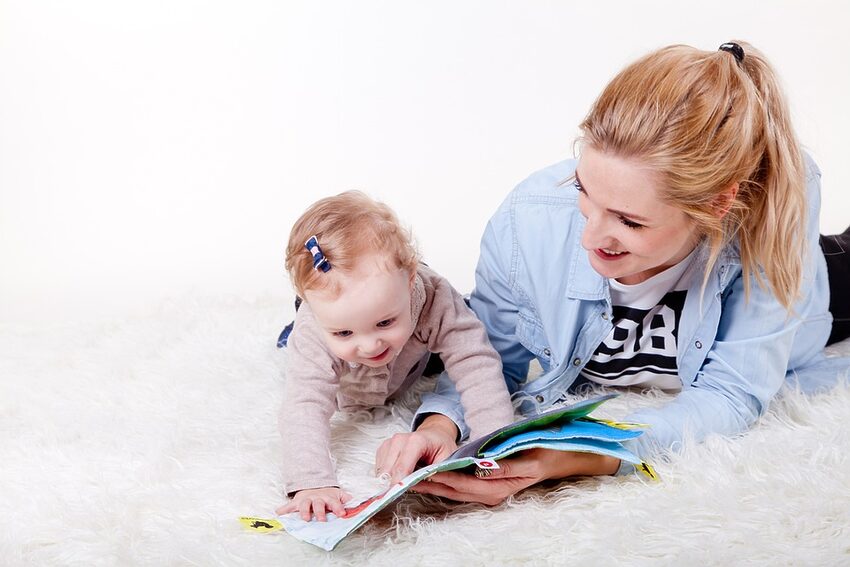Welcome to the Troubleshooting Tips guide for Gmail for iOS Push Notifications! In this guide, we will explore various ways to troubleshoot common issues with receiving push notifications on the Gmail app for iOS devices.
Gmail for iOS is a powerful email application that allows you to stay connected and organized on the go. With push notifications, you can receive instant alerts on your device whenever you receive new emails, ensuring that you never miss an important message. However, sometimes these notifications can be a bit temperamental, leading to frustration and missed opportunities.
In this guide, we will cover a range of topics related to troubleshooting Gmail for iOS push notifications. Whether you're experiencing a complete lack of notifications, delayed alerts, or any other issues, we've got you covered. So, let's dive in and uncover the secrets to getting your Gmail push notifications back on track!
Table of Contents
1. Checking Notification Settings
2. Enabling Background App Refresh
3. Clearing Cache and Data
4. Ensuring Stable Internet Connection
5. Updating Gmail and iOS
6. Checking Battery Optimization Settings
1. Checking Notification Settings
The first thing you need to do is ensure that the notification settings for the Gmail app are properly configured. To do this, follow these steps:
1. Open the Gmail app on your iOS device.
2. Tap on the menu icon, usually located in the upper-left corner.
3. Scroll down and select "Settings" from the menu.
4. Tap on your email account.
5. Make sure the "Notifications" option is enabled.
If the notifications are already enabled and you're still not receiving them, proceed to the next troubleshooting tip.
2. Enabling Background App Refresh
Sometimes, push notifications can be delayed if the Gmail app doesn't have permission to refresh in the background. To enable background app refresh, follow these steps:
1. Go to the "Settings" app on your iOS device.
2. Scroll down and select "General."
3. Tap on "Background App Refresh."
4. Locate the Gmail app and toggle the switch to enable it.
After enabling background app refresh, check if you start receiving push notifications. If not, let's move on to the next troubleshooting tip.
3. Clearing Cache and Data
Clearing the cache and data of the Gmail app can often resolve issues related to push notifications. Please note that clearing the cache and data will not delete your emails or account information. Follow these steps to clear the cache and data:
1. Open the "Settings" app on your iOS device.
2. Scroll down and select "Gmail."
3. Find and tap on "Clear Data & Clear Cache."
Once the cache and data have been cleared, relaunch the Gmail app and check if you receive push notifications. If the issue persists, let's move on to the next troubleshooting tip.
4. Ensuring Stable Internet Connection
Unstable or weak internet connectivity can affect the delivery of push notifications. Make sure you have a stable internet connection, either through Wi-Fi or cellular data. Try switching between these networks to see if it improves the push notification delivery.
In addition to this, ensure that you have a good signal strength, as poor reception can also impact notification delivery.
5. Updating Gmail and iOS
Keeping your Gmail app and iOS device updated is crucial for optimal performance, including push notifications. Outdated software versions can sometimes cause compatibility issues. To update the Gmail app and your iOS device, follow these steps:
1. Open the App Store on your iOS device.
2. Search for "Gmail" and check if an update is available. If yes, tap the "Update" button.
3. To update your iOS device, go to the "Settings" app, select "General," and then tap on "Software Update." Follow the on-screen instructions to update your device.
After updating both Gmail and iOS, check if the push notifications start working correctly.
6. Checking Battery Optimization Settings
iOS offers battery optimization settings that may affect the delivery of push notifications for certain apps, including Gmail. To ensure that Gmail is not optimized, follow these steps:
1. Open the "Settings" app on your iOS device.
2. Scroll down and select "Battery."
3. Tap on "Battery Health" (this may vary depending on your iOS version).
4. Scroll down and locate Gmail. If it's labeled as "Low Power Mode" next to Gmail, tap on it and select "Disable Low Power Mode."
Checking these settings will prevent iOS from limiting background activity, thereby allowing Gmail to deliver push notifications seamlessly.
FAQs
Here are some frequently asked questions about troubleshooting Gmail for iOS push notifications:
Q: Why am I not receiving any push notifications on my Gmail app for iOS?
A: There could be several reasons for this. Start by checking your notification settings, ensuring a stable internet connection, and enabling background app refresh. If the issue persists, try clearing the cache and data or updating the Gmail app and your iOS device.
Q: My Gmail push notifications are delayed. How can I fix this?
A: Delays in push notifications can occur due to various factors, including internet connectivity and background app refresh settings. Make sure you have a stable internet connection, enable background app refresh for Gmail, and consider switching between Wi-Fi and cellular data networks.
Q: Are push notifications supported for multiple Gmail accounts on the same iOS device?
A: Yes, push notifications are supported for multiple Gmail accounts. Make sure you have enabled notifications for each account individually in the Gmail app settings.
Congratulations! You've reached the end of the Troubleshooting Tips guide for Gmail for iOS Push Notifications. By following these tips, you should now have a better understanding of how to troubleshoot issues with push notifications in the Gmail app. Remember, Gmail is there to make your life easier, ensuring that you stay connected and informed even when you're on the go. So keep troubleshooting and enjoy the seamless email experience!
